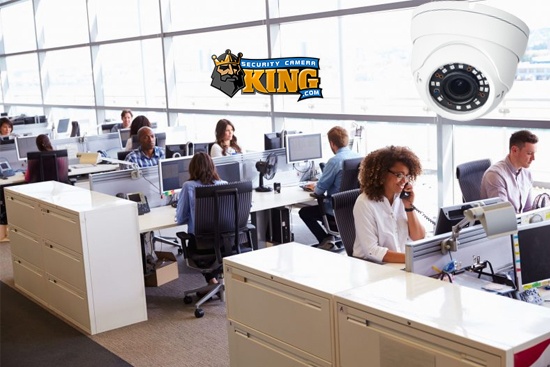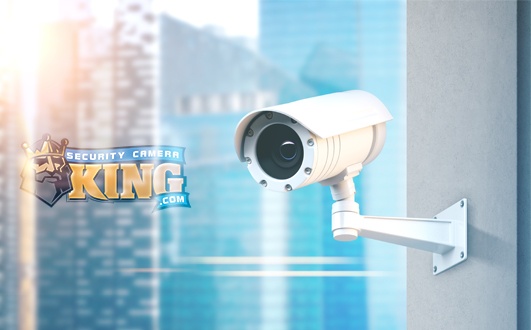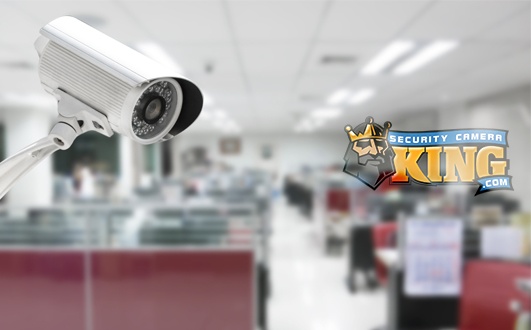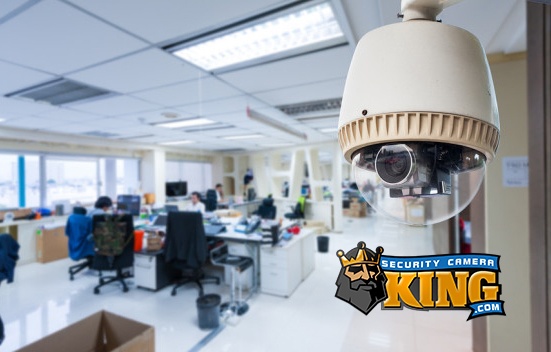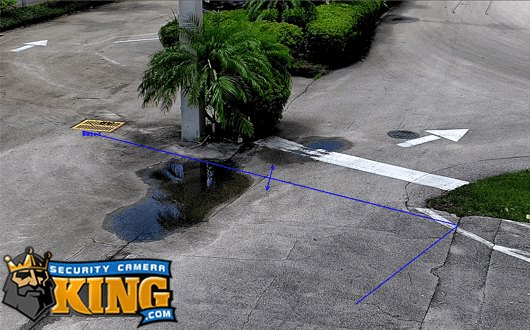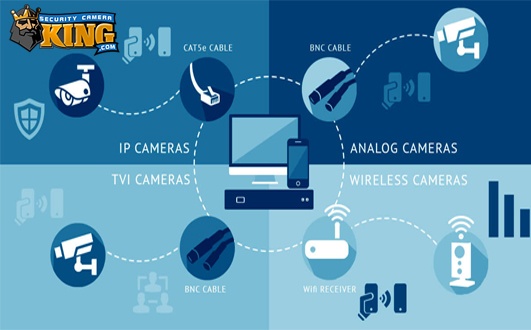The menu system in all Techpro Security Products DVRs and NVRs has been very similar over the past few years, with little variation regardless of the model or the type of system that it’s designed to accommodate. The older menu system was great but recently several improvements have been made to it. Once an operator makes the adjustment to the changes then it’s easy to appreciate how the improvements actually make the system easier to navigate and operate. Hopefully this overview article will help you to understand and appreciate these changes.
After you have connected a monitor and mouse to the DVR or NVR and powered up the unit, the first thing you’ll see is the startup wizard (see Picture 1). The first thing that you should do is to cancel out of this feature.
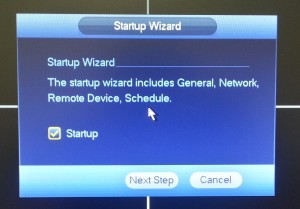
Picture 1 – Start up wizard.
Once that has been done you should right click anywhere on the screen. This will bring up a small menu (see Picture 2) and selecting Main Menu from the bottom of it will bring you to the log in box (see Picture 3).
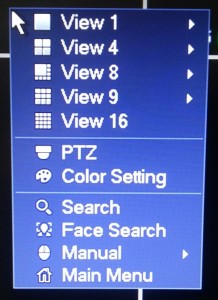
Picture 2 – Pop-up menu.
Clicking in the password field of the log in window will bring up a virtual key board. The user name is the default password – so the password for the admin account is admin. The password for the 888888 account is 888888. The admin account and the 888888 account are the only two that will give you full admin privileges. The default user accounts should never be deleted, although their passwords can be changed.
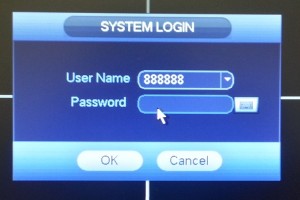
Picture 3 – Log in window.
Once you’re logged into the recording unit, the first page you will see is the Main Menu (see Picture 4). This menu page has twelve selection icons which are separated into three rows. The respective rows are labeled as Operation, Info and Setting. The first part of this article will be discussing the Operation row, which includes the Search, Backup and Shutdown selection icons.
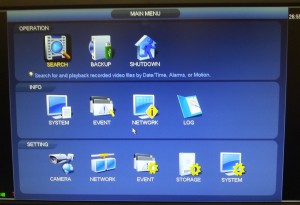
Picture 4 – Main Menu.
Search:
The Search page (see Picture 5) is where you will be able to view your recorded footage and export it if you desire. This interface will offer you several different ways to review your recorded footage.
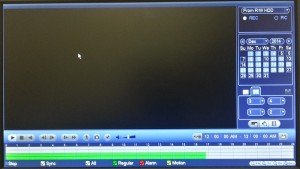
Picture 5 – Search Page
The first part of this page that you will deal with is the calendar (see Picture 6) in the upper right corner. You will need to select a blue day because these are the days where you have recorded footage.
The next step is to locate the drop down menus below the calendar. The tabs above the drop down menus will allow you to choose how many cameras will be reviewed at the same time. You choose which camera or cameras are reviewed with the drop down menu or menus.
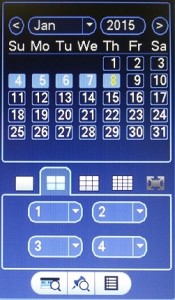
Picture 6 – Search calendar.
Once everything described above has been configured correctly, you should see colored sections show up along the search bar (see Picture 7), which is located at the bottom of the page. The type of recorded footage can be determined by using the color key located below the search bar. The bar is divided into 24 sections representing the hours of the day. Simply clicking anywhere in the colored portion of a bar will allow you to see your recorded footage playing.
Picture 7 – Search bar.
The buttons (see Picture 8) below the area where your video will show up gives you a nice level of control over your playback.
Picture 8 – Playback controls.
Going from right to left on the control buttons, they will allow you to:
- Play your video normally.
- Stop your playback.
- Play your video in reverse.
- Step the playback backward frame by frame, once the video is paused.
- Step the playback forward frame by frame once the video is paused.
- Play the video slowly in the direction that it’s traveling. There are multiple speeds which can you access through clicking the button more than once.
- Play the video quickly in the direction that’s traveling. There are multiple speeds which can you access through clicking the button more than once.
Backup:
This page of the menu system (see Picture 9) will allow you to export segments of recorded video to a thumb drive or other USB storage device which does not draw power through the USB connection. After such a storage device has been inserted in a USB port, the detect button is used to get the DVR or NVR to recognize it. Once this has been done you will see some information about the device will show up.
You can use the button which is labeled as ‘Format’ to prepare your storage device. It will be prepared with the FAT32 format style and this must be done before you can begin backing up your recorded footage.
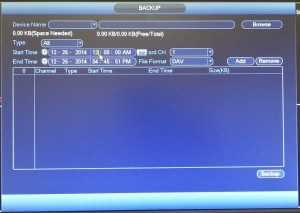
Picture 9 – Backup page.
It is also possible to format the storage device through a computer. This is done by connecting the device to a computer and then going to the same page on your computer where you can see your CD drives and hard drives. You should see the recently connected device on this page and you will need to right click on it on order to see the format option.
Shutdown: (see Picture 10)
Selecting this option is the way that you should turn your DVR or NVR off. Turning a recorder off in any other manner has the potential to cause additional strain on the hard drive and possibly shorten its life.
Logout:
Selecting this option will log the user out of the menu system and lock it. It will not be possible to interact with the menu system again until you log in with one of the user accounts.
Reboot:
This is the selection that you should use in order to restart your DVR or NVR properly. It’s also a good idea to use this feature after you’ve made a significant amount of setting changes. When this action is performed, you will see a message indicting that the DVR or NVR is saving data displayed on the screen.
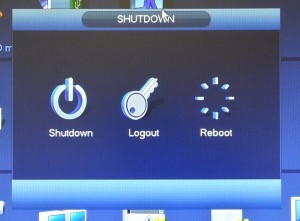
Picture 10 – Shutdown page.






